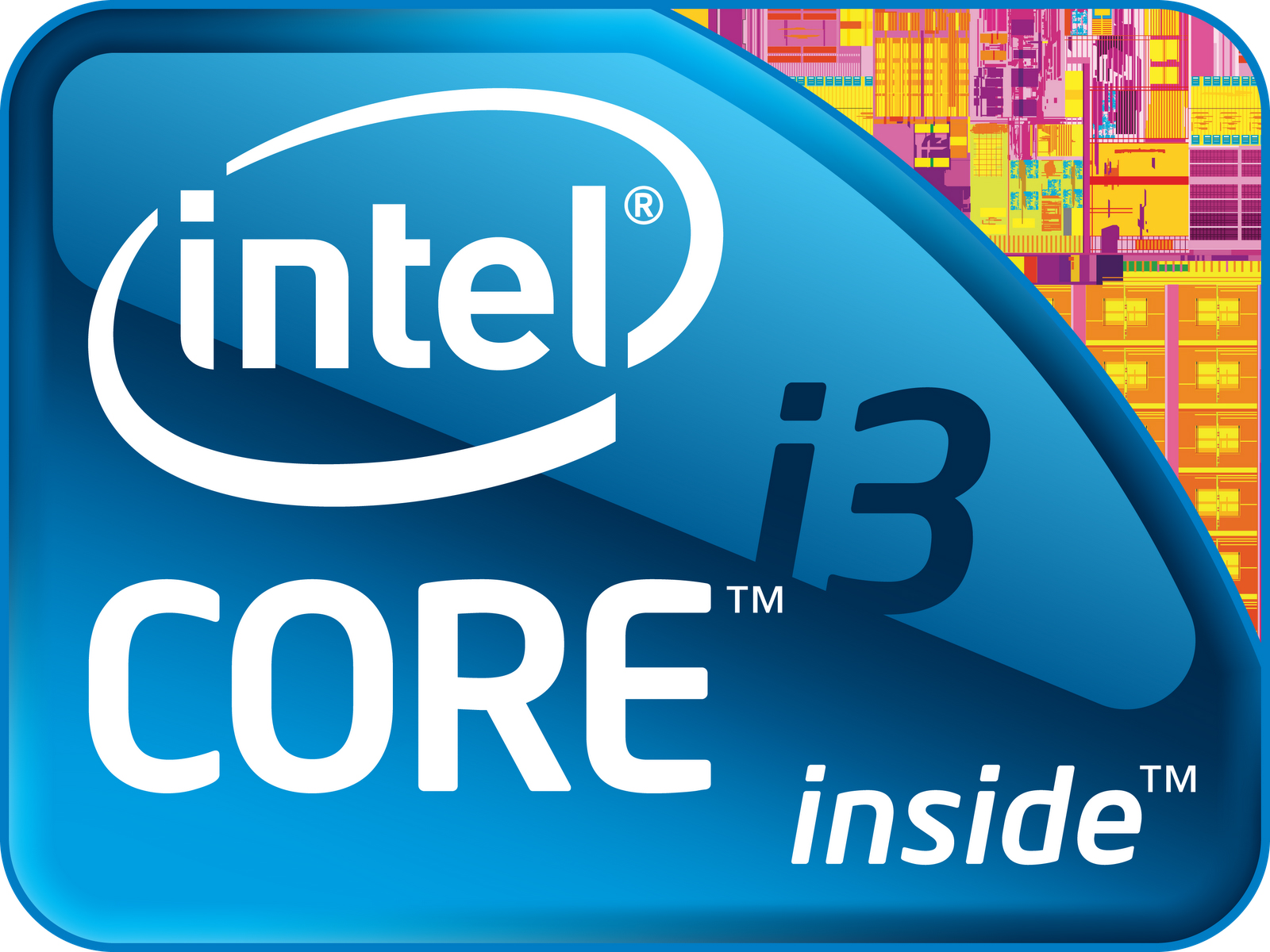About Joe Tsai
Many across the globe have traveled to America and subsequently found themselves living and embodying the American dream. As we’ve outlined and highlighted in previous stock analysis articles, the United States has made it possible for many to prosper in more ways than none, especially financially.
However, hard work, dedication, vision and some good fortune along the way seem to be essential components to achieving the sort of success that co-founder of one of the world’s largest e-commerce companies has experienced, Joe Tsai.
Born in Taipei, Taiwan, Tsai at a very young age was sent to the United States to attend a boarding school in New Jersey.
Little did he know he would be in the area again owning a professional basketball team.
More on that later.
Moving up through school, Tsai received his undergraduate diploma from Yale University, where he also attended law school.
From practicing tax law right out of law school to a short stint at a private equity firm in New York, he eventually crossed paths, while climbing the corporate ladder with the original founder of Alibaba, Jack Ma.
To keep a long story relatively short, Tsai, like the rest of the initial bunch of eighteen at the company, took an initial salary of $600 a year and worked with Ma on Alibaba.
As we’ve said in articles in the past, the rest is history.
Alibaba was a success to say the least and now Joe Tsai has cleaned up nicely, now the owner of famous NBA franchise, the Brooklyn Nets and also an owner of lesser known lacrosse franchise, the San Diego Seals as well, and also acting as a part owner of the Las Vegas Desert Dogs, also making numerous philanthropic contributions over the years to a variety of causes and institutions.

So why in the world are we talking so much about Joe Tsai?
Because today we are going to be taking a look at the entire stock portfolio (yes, you heard us right) of Mr. Tsai’s private investment firm, commonly referred to as a family office, which is pretty much code for a wealthy person’s personal hedge fund.
We’d also like to note that these stock holdings are as of November 14th, 2022 as could’ve changed since then.
Let’s not wait any longer and just get into what we’ve all been waiting for, shall we?
1. Blue Owl Capital (NYSE: OWL)
We had never heard of this company or its stock until recently.
Standing as the firm’s largest equity position at 96.9%, Blue Owl must be a hoot.
Did you see what we did there?
Any-hoot, let’s examine why Blue Owl is his firm’s largest position, by a long shot.
First and foremost, Blue Owl itself is classified as an alternative asset management firm, which pretty much means it invests other people’s money, particularly through use of more complex investment instruments and strategies than are readily available to retail investors, like me and you.
With nearly $95 billion in total assets under management (TAUM), Blue Owl primarily engages in direct lending as well as other strategies and investment avenues such as real estate, as mentioned on TD Ameritrade’s platform.
Blue Owl is a lender to companies and in exchange, like any regular loan, they request compensation (usually in the form of interest and principal) for their loan and the risk they assume in making the loan in the first place.
Whether it’s providing loans to other alternative asset managers or privately operated businesses, this is essentially how Blue Owl makes its money.
At a preliminary glance of the company’s financials, Blue Owl has performed quite well in recent history. Specifically, the company has an asset-heavy balance sheet, growing total revenue (over the last five years), positive total cash from operations during the same time frame and a large global investment footprint with offices all around the world.

While a seemingly well managed and well performing asset management firm, we’re still a bit perplexed as to why Tsai and his own investment firm has dedicated nearly all of its invested capital to this company. What’s even stranger is the fact that Tsai isn’t listed as a member of the company’s management team, as we initially assumed he might act as a board member.
What might be the most likely scenario is that he personally invests in Blue Owl and its funds and keeps an equity stake in his firm’s portfolio as well, as another means of (indirectly) investing in the firm’s investment activities.
Nevertheless, just because a billionaire oversees a portfolio with a lot of capital dedicated to one company, individual due diligence is necessary and no brash investment decisions should be made based on this information alone, under any circumstances.
Onto the firm’s second largest equity investment, Charter Communications.
2. Charter Communications (NASDAQ: CHTR)
Weighing in at 1.62% of Tsai’s investment vehicle’s portfolio, Charter Communications is a bit more well known than Blue Owl, at least among the broader stock market audience and investment community.
For those who aren’t as familiar with the company, Charter is a broadband conglomerate company with a few different operations. For example, the company operates an extensive cable operator segment primarily through its prized possession, its subsidiary, Spectrum.
From our perspective and as a means of demystifying and simplifying what it is exactly that Charter does, it offers products and services eerily similar to those of Xfinity, one of the world’s largest cable providers owned by Comcast.
From internet, phone and TV plans, Charter’s prized subsidiary, Spectrum, has you covered.
No, we’re not sponsored by Spectrum.
At any rate, this seems to be a fairly recession proof business and thus it makes sense that Tsai’s investment firm would want shares of the stock in its portfolio.
Telecommunication and the internet aren’t going away anytime soon and aren’t likely expenses that consumers are going to cut back on, even during times of economic hardship.

As for the company’s financial figures, Charter Communications has an asset-heavy balance sheet, growing revenues over each of the past five years, strong positive cash flows, a trailing twelve month (TTM) net profit margin higher than that of the industry’s average, which we see as a great advantage for this company, as it operates in such a competitive space.
At the end of the day, we understand why Tsai’s firm has Charter as its second largest stock position within its portfolio, especially since it’s a seemingly quality company with a solid financial base down nearly 47% over the past year’s span of time.
3. AT&T (NYSE: T)
Someone’s firm is bullish on telecommunication companies.
For those who don’t know, AT&T is the world’s largest telecommunications company and primarily generates revenue by selling cell phone plans among many other product offerings for different segments of consumers such as individual offerings along with business or other custom group offerings.
One of the primary reasons we think Tsai and his firm like AT&T so much is its stable dividend. Specifically, the company currently offers its investors an annual dividend of $1.11, yielding around 6%.
This is a good stock pick if you don’t care as much about share price appreciation but are focused on a stable, sticky (meaning it probably won’t go away anytime soon) dividend from a company that is likely too big to fail at this point.

Additionally, AT&T’s balance sheet is exceptionally strong, with total assets totaling $551.6 billion and total liabilities at nearly $385.3 billion and has also been able to produce consistent revenue in years prior, positive total cash from operations and has about a 10% TTM net profit margin edge on the competition’s average.
This company is set up for success and again, the dividend is a huge point of attraction for investors who are pursuing stability with their investable and invested capital, which Tsai likely is.
4. Intel (NASDAQ: INTC)
Accounting for 0.30% of the firm’s portfolio, Intel is one of the largest and most storied global semiconductor chip manufacturers ever.
Headquartered in Santa Clara, California, Intel was founded in 1968 and has been a major topic of discussion as chips themselves and the semiconductor industry as a whole have been among some of the hottest topics discussed by Wall Street over the past few years.
Why does The Street care about the semiconductor industry all of the sudden?
The current and looming shortage of chips has great potential to create a lot of price action and subsequently, outsized returns for themselves and their investors if they play it right.
Tsai and his firm might be onto something as it is no secret that demand for chips is growing as technology grows.
Additionally, with Intel’s recent $20 billion investment in a new plant in Ohio, the company seems like it’s preparing to meet the rising demand and is deploying capital strategically.

On the basis of the company’s financials, Intel pays out a hefty $1.46 annual dividend to its investors (currently yielding 5.17%), which, like AT&T, is likely one of the main reasons Tsai’s firm has dedicated a slice of its portfolio to Intel’s stock; stability and income through a dividend that likely isn’t going away anytime soon.
Intel’s balance sheet is also in spectacular shape, currently holding $168.4 billion in total assets and just north of $73 billion in total liabilities and the company’s total revenue (according to the income statement) has been trending upwards each year over the past five years, standing at $62.7 billion in 2017 and rising each year up to its latest report of $79 billion in 2021.
For a company as seasoned as Intel, this is some strong revenue growth, further cementing our thesis that demand for semiconductors and semiconductor-related products is high.
The company’s TTM net profit margin is slightly lower than that of the industry’s average but as time goes on and given Intel’s current position in the semiconductor sector, we think the company’s executive team will continue finding ways to widen its (net) profit margins, especially if it continues opening more plants across the globe and reaching more of its current and new potential clients.
5. Adobe (NASDAQ: ADBE)
Last but certainly not least, the smallest equity position within the firm’s portfolio is a software giant based out of San Jose, California.
The company’s best known software is specialized in one of its most culturally iconic offerings, Photoshop. Outside of this application, Adobe has other specialized software features and packages that enable individuals, businesses, schools and other organizations in between to achieve their digital and illustrative goals.
This company’s products are a digital artist’s dream.
And there’s a lot of digital artists using Adobe’s platform, as the company’s website reports that over 90% of the world’s creative professionals use Adobe’s Photoshop application alone.
This leads us to mention that Adobe makes the bulk of its revenue through subscriptions, which is a pretty straight forward as well as recession resistant business model.
For instance, it is our view that Adobe is uniquely positioned to operate well during times of vast economic prosperity as well as during times when the economy is coming to a screeching halt. Illustrators, designers and artists do what they do best and the economy isn’t really a factor in their producing new pieces, at least from our perspective.

This bodes well for Adobe.
Shares of this company’s stock seem a bit expensive right now as the stock’s price-to-earnings (P/E) ratio is well above 20 (what is generally said to indicate that a stock is trading at fair value or what it’s worth paying for), at a current level of 33.52, implying that shares are expensive relative to what they’re truly worth, currently trading at $327 per share.
The company doesn’t presently offer a dividend but this is far from uncommon for software companies, as a lot of investment and reinvestment is necessary for companies such as Adobe to stay ahead of the competition and a dividend could be a drag on the company’s future innovation.
Adobe has also seen incredible revenue growth in recent history, supporting our thesis that the company’s stock is recession resistant. Specifically, the company’s total revenue in 2017 stood at $7.3 billion and has since climbed to almost $16 billion, as reported in 2021.
Also, the company’s TTM net profit margin is notably higher than that of the industry average, perched at 28% to the industry’s average of 16%.
This is a material difference and probably another reason Tsai’s firm has a position in Adobe.
Should you buy what Joe Tsai’s firm buys?
Per usual and as expressed in previous articles similar to this one, you probably aren’t in the same financial position (or tax bracket) of Joe Tsai, however, it is sort of fun to take a peek into the portfolios of wealthy investors who want to take care of their money and other assets for their future family for generations.
There are a lot of solid companies in the firm’s stock portfolio and it’s definitely interesting that the portfolio is so heavily concentrated on one company and shows some favor towards the telecom space. All of that being said, we still think any investor should do more research before even thinking about buying or investing in any of these companies.
DISCLAIMER: This analysis of the aforementioned stock security is in no way to be construed, understood, or seen as formal, professional, or any other form of investment advice. We are simply expressing our opinions regarding publicly traded entities. It should also be understood that Blue Pool’s portfolio might’ve changed since the publication of the linked report displaying the fund’s portfolio holdings. Some of these positions might have changed or been altered in some way and the aforementioned fund might not be invested in the securities mentioned above.